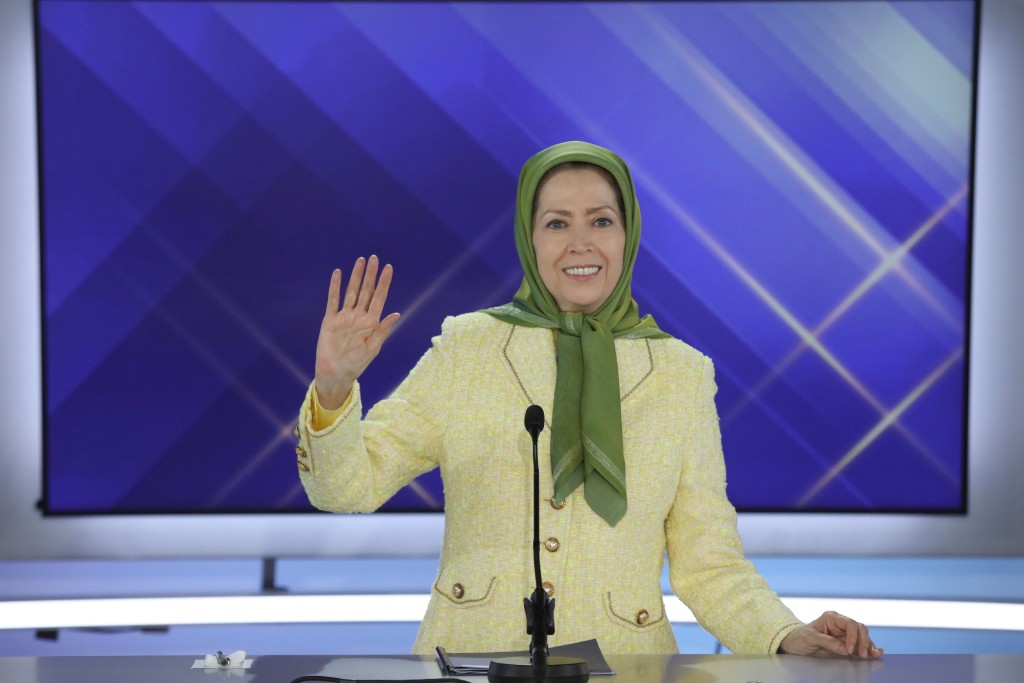International Conference on International Women’s Day
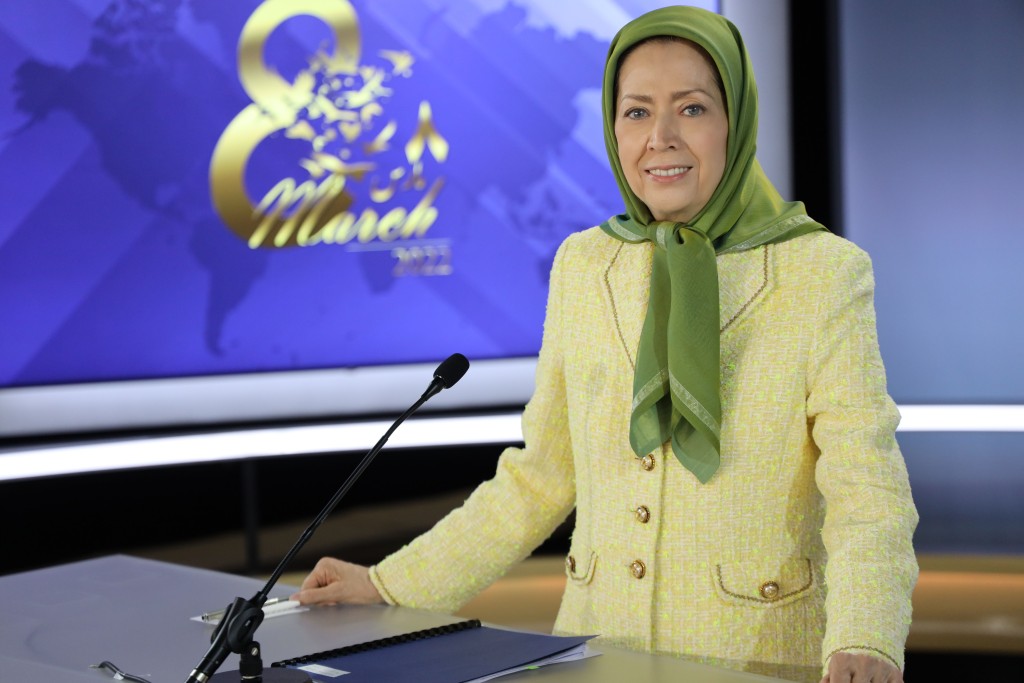
Maryam Rajavi: Let us call this year’s International Women’s Day, the Day of Resistance by the women of Ukraine
On the eve of International Women’s Day, on Saturday, March 5, 2022, an international conference was held in Berlin, featuring prominent political personalities and women’s rights activists from around the globe.
The conference was connected online to Ashraf 3 in Albania and hundreds of other locations around the world.
The speakers honored International Women’s Day and supported the struggles of the women worldwide, especially the resistance of Iranian women for freedom, equal rights, and elimination of unjust discriminations. They also praised the resistance of the women of Ukraine.
In her remarks entitled, “we can and must,” Maryam Rajavi said:
Happy International Women’s Day to everyone rising up for freedom and equality, to the voiceless who are the genuine voice of humanity!
International Women’s Day is celebrated by those who have been deprived of most empowerment opportunities but are harbingers of humankind’s power and responsibility in today’s world.
And today, I extend my warmest greetings to the proud people of Ukraine, especially to the valiant women of that country.
Millions of women and girls have risen up for freedom and rushed to the battlefield in droves; from ministers and parliamentarians to elderly mothers, have taken up arms. Hail to mothers who sent their children to others so that they could themselves join the resistance, and to smiling and spirited young girls who make Molotov cocktails.
I am reminded of women and girls of the People’s Mojahedin in the massacre of our prisoners in 1988 on Khomeini’s fatwa. They walked to the gallows with clenched fists and while chanting defiantly.
The Ukrainian people’s resistance is not only an epic in defending the honor and survival of their country but also a turning point in reviving the culture of unswerving resistance in today’s world.
They stood up and challenged the West’s appeasement and passivity. They stood up and motivated the world to support them. Their people and soldiers have stood up firm like steel.
Let us call International Women’s Day this year the day of resistance by the women of Ukraine. And let us stand up and applaud them for one minute.
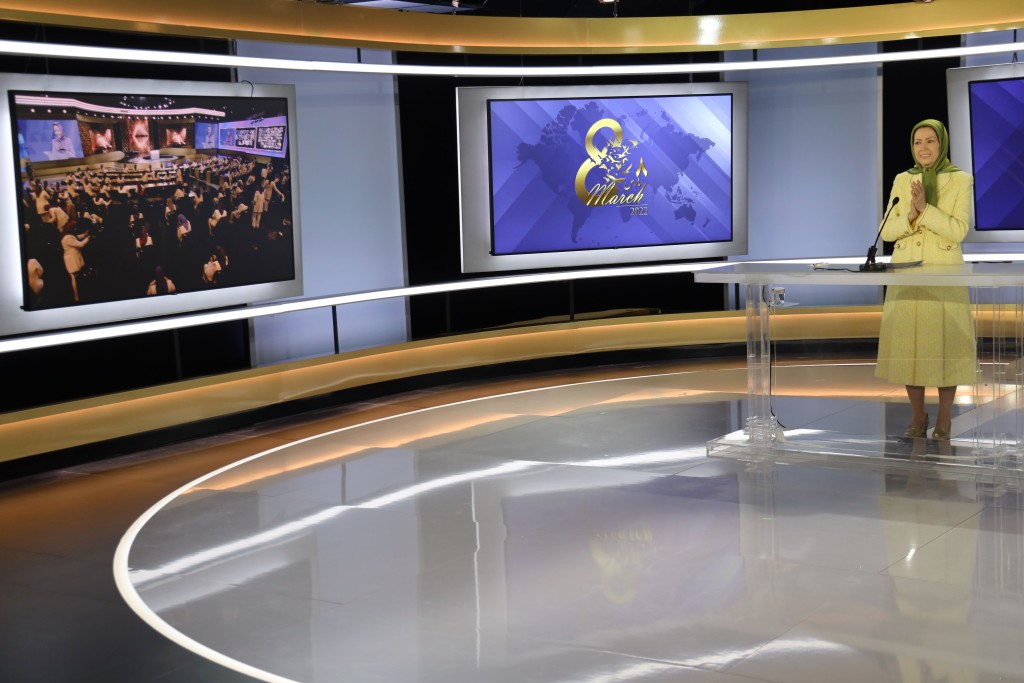
Women pioneer protest movements
Congratulations on this day to all the women around the world, especially my sisters in Afghanistan, Syria, Iraq, Yemen, Palestine, and Lebanon.
International Women’s Day is a day of pride and honor for Iranian women. Because throughout this year, as in the past four decades, they have stood against the monster of misogyny, coercion, plunder, and oppression.
Throughout the past year, women were at the forefront everywhere in all protest movements, from the uprisings in Khuzestan, Isfahan, and Shahrekord to the protests of teachers, nurses, and the defrauded investors.
On November 21, when the uprising of the brave Bakhtiari people reached its peak, the brave women of Shahrekord were the ones who stepped on a platform outside the governorate, calling on the people to continue the uprising.
A brave young woman shouted: Our next rally with all the honorable and dignified people, right here, tomorrow, to continue the protest. A woman villager, showing her empty water jar to the people, called on everyone to rise up and protest.
In the past year, Iranian teachers have held 19 nationwide strikes and protests, which at times spread to 80, 100, or 116, or 200 cities and counties. In all these protests, women teachers played a pivotal role.
During the uprising by farmers in Isfahan, women were actively involved on many fronts and, in some places, were at the forefront of the protest acts. A single mother stood up to the regime’s mercenaries riding on motorcycles and shouted: Do not think we are afraid of you.
At the same time, selfless women and girls formed their Resistance Units in various cities. They opened the way for anti-regime protests by their activities against repression.
This is the real image of Iranian women.
Her cry is not out of despondency and despair. Rather, it is a battle cry to overturn the status quo of captivity, a cry to build a future that we can and must achieve.
Her cry has passed through the torture chambers, battlefields, corridors, and halls where the 1988 massacre occurred. Her cry has become more potent during 150 years of struggle of Iranian women against tyranny, reaction, and misogyny.
Iran’s history filled with women’s bravery
And now, let us glance at Iran’s history, which is filled with Iranian women’s bravery.
During the Tobacco Movement, the women of Tehran, led a bloody march to Nasser al-Din Shah’s house (the Qajar King at the time), and forced the closure of all bazaars, to help the Movement succeed.
During the Constitutional Revolution, the women of Tabriz wore military uniforms and followed the lead of Zeinab Pasha, the hero of Tabriz women, to support Sattar Khan, the leader of the Constitutional Revolution.
And in the most dangerous days of the Constitutional Revolution, it was Bibi Maryam Bakhtiari who led the Chaharmahal and Bakhtiari warriors to conquer Tehran. Now, she is alive in the hearts and songs of the Bakhtiari people.
Later, when the great Dr. Mohammad Mossadeq, the leader of the oil nationalization movement, ran into financial difficulties, Iran’s brave women and girls from different cities flocked to Tehran and rallied in front of the Bank Melli to buy bonds and sell their assets to help Mosaddeq’s nationalist government.
In the revolutionary organizations of the 1970s, women pioneers opened a new chapter in struggle and sacrifice. And in the uprisings that led to the victory of the Iranian people’s anti-monarchical revolution, women played an active and significant role.
The heroines of those battles, as the likes of Fatemeh Amini, Ashraf Rajavi, Marzieh Ahmadi-Oskooii, and Mehrnoosh Ebrahimi, are the shining stars of the Iranian revolution and will never be forgotten.
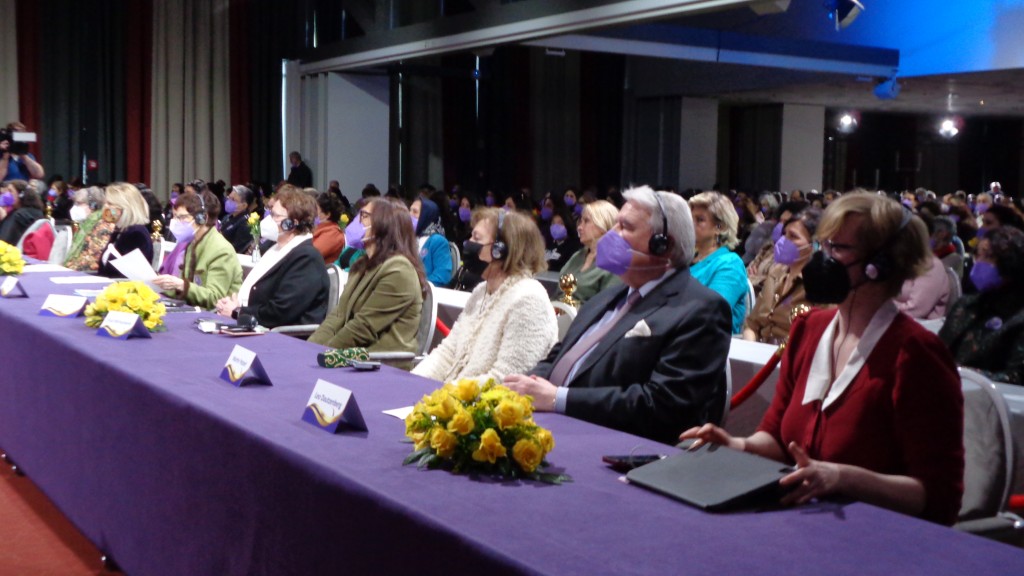
Women defy religious fundamentalism
When Khomeini seized power by hijacking the leadership of the anti-monarchical revolution, Iranian women protested from the very first weeks. In the subsequent stages, tens of thousands of women from the People’s Mojahedin and other militants were tortured or executed in the course of the resistance against the clerical regime.
During the savage executions of the 1980s and the massacre of 30,000 political prisoners in 1988, Khomeini and his henchmen committed the most horrible atrocities against PMOI women. And in some prison wards they hanged all PMOI women.
During the trial of one of the perpetrators of the 1988 massacre in Stockholm, one of the witnesses said: “In the spring of 1988, they brought some of the imprisoned PMOI women from Evin. We could see them through the windows. When allowed to take fresh air, they exercised in groups. They would practice martial arts collectively.
“The female guards tried to beat them but could not. So, they had to call the male guards, who brutalized these girls.”
Another witness told the same court: “There was a woman from the PMOI, called Azar Soleimani. When I went to Gohardasht Prison’s infirmary, I saw that she was being tortured because she had attempted to swallow a document to prevent it from getting into the hands of the interrogators. They beat her so badly that she was paralyzed and could not walk. Nonetheless, they took her away and executed her in those conditions.” But she did not betray her ideal.
Our countless salutes to all those heroes.
And today, the accumulation of those sufferings and sacrifices has created an enormous force for freedom in the heart of Iranian society, which inspires new uprisings and protests every day.
Why is it necessary to remember this history? Because the Shah, the mullahs, and their agents and mercenaries, fearing these women’s awareness and struggle, have tried to conceal their effectiveness and breakthroughs. Therefore, we must loudly call out their names.
Mahin Rezaii, one of the heroic commanders of the Eternal Light Operation in 1988.
Tahereh Tolou was one of the heroes of the Eternal Light operation. The mullahs were vengeful over her heroism, so they killed and suspended her from a tree on the Charzbar Pass near Kermanshah, in western Iran. The tree then became a place of worship for freedom-lovers.
Massoumeh Barazandeh is another martyr of the 1988 massacre. The Revolutionary Guards hanged her in the city’s main square and posted a sign on her body, which read: This woman was recruiting the youth for the PMOI.
Zohreh Ghaemi and Giti Givechinian, two commanders in Camp Ashraf, Iraq, who stood empty-handed against the terrorist Quds Force led by Qassem Soleimani. They made the ultimate sacrifice to the cause of Iran’s freedom and inspired the creation of 1,000 bastions of resistance inside Iran.
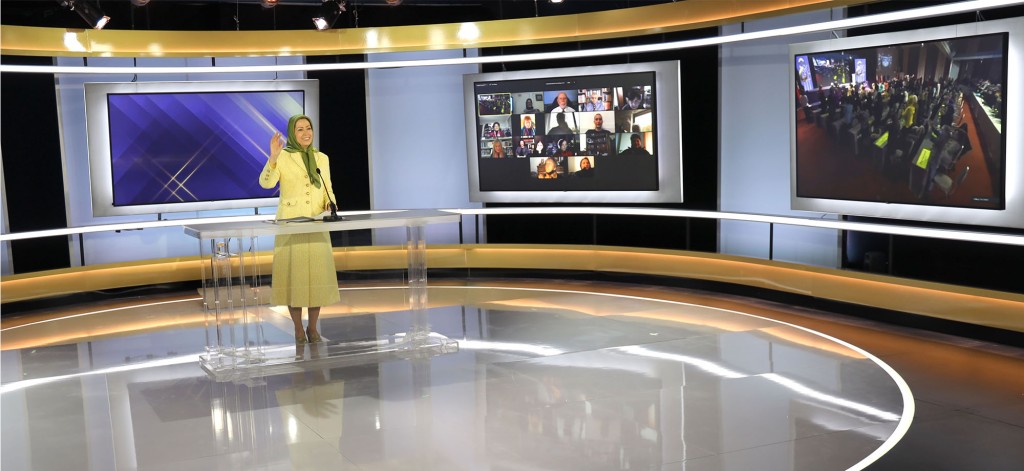
Horrific atrocities under the mullahs’ rule
There are two striking realities about the current situation in Iran:
First, the people of Iran, with a several-thousand-year-old civilization and a rich culture, who have made enormous sacrifices for freedom, are the polar opposite of the savage, medieval regime ruling the country.
The other reality is that the Iranian people have never accepted this regime. They waged a magnificent resistance against fundamentalism and misogyny, which Massoud Rajavi initiated, and exposed the mullahs’ false claims to Islam.
These two realities, however, apply to Iranian women more than anyone else. They are diametrically opposed to the velayat-e faqih regime and completely rejected this regime’s inhuman culture, laws, and sharia. They see the end to their pain, sorrow, suffering, and the answer to their needs, in the overthrow of the clerical regime.
Horrific and expanding atrocities against Iranian women have nothing to do with the Iranian people’s culture. They result from the regime’s enmity towards women and its medieval nature.
In early February, the news of the beheading of a young woman, Mona Heydari, in Ahvaz, southwest Iran, by her husband shocked the Iranian society. The incident exemplified a moral decadence caused and facilitated by the mullahs’ misogynistic tyranny.
Romina Ashrafi, a 13-year-old girl from Talesh, and Shakiba Bakhtiari, a 16-year-old girl from Kermanshah, were also victims of similar crimes committed by their family members.
As the Iranian Resistance Leader Massoud Rajavi said in this regard, “Such social catastrophes have political roots. In the final analysis, they must be attributed to the inhuman and misogynistic clerical regime, which is the origin of the obsessions in our era.”
The clerical regime’s laws, including Articles 220 and 630 of the “Islamic” Penal Code, facilitate such femicides. In addition, the mullahs have promoted heinous phenomena such as child marriage and forced marriage. Such reactionary practices coupled with extreme poverty and deprivation have led to the spread of violence against women. As a result, some 400 to 500 women are killed every year in Iran.
The mullahs themselves carry out more executions of women than any other government in the world. Therefore, they have not only trampled on the freedoms and rights of Iranian women but have also devalued their lives. Thus, Iranian women have the greatest motivation and will to overthrow the regime. Ultimately, it is the Iranian women, who will bring down the clerical regime.
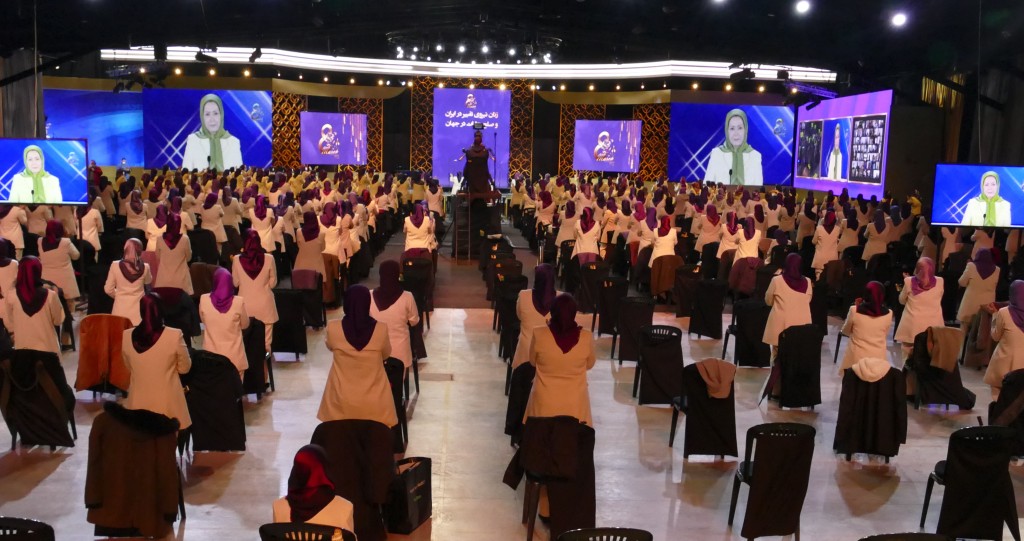
Women, force for change and progress
Despite their profound suffering, the two-year calamity during the Coronavirus pandemic and half-a-million fatalities, and widespread poverty and hunger, today Iranian women speak not about their grief but about hope for freedom and equality. They speak not about their pain but of a future that is not a distant dream and is achievable.
After the mullahs’ overthrow, Iran will be safe from the bitter experiences of the past, only if there is a real democracy with freedom and equality. And you women are the ones who can make this happen.
As stipulated in the NCRI’s Plan on Women’s Rights and Freedoms, individual freedoms for women, including freedom of belief, religion, employment, travel, and choice of clothing, are inevitable imperatives. Indeed, I must stress that freedom must be achieved, and it is up to you to earn it through your struggle.
All forms of coercion on women in family affairs, polygamy, physical, sexual, and psychological violence, and all forms of sexual exploitation of women and whatever the reactionary and patriarchal regimes imposed on Iranian women must be eradicated. The era of oppression must end which is what Iranian women deserve.
But the dark and bleak destiny does not change except through your mighty hands.
The reactionary oppressors who have taken you captive will never give you freedom and equality willingly; Rise up and overthrow them!
You are the determining force, and you are the force for change! You are the force of real progress and development in the free Iran of tomorrow!
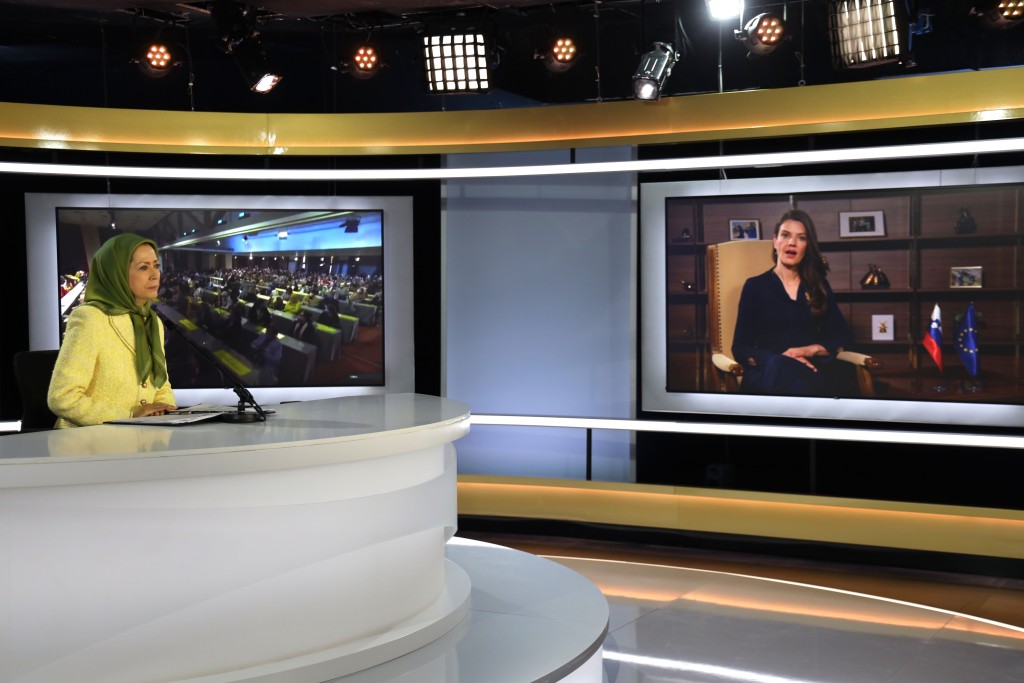
Women in the PMOI Central Council
The widespread participation of Iranian women in the struggle for regime change is neither accidental nor spontaneous. They have been inspired by the sacrifices of vanguard women in the PMOI and other dissident groups, who have been fighting this regime for more than four decades. The steadfastness of these pioneering women has instilled the notion among Iranian women that their lack of rights and oppression could only end by overthrowing the mullahs’ regime.
The women of the PMOI and other dissident groups walked through torture chambers, to the gallows. 120,000 martyrs to the cause of freedom are the shining stars of this Resistance. In this path, the PMOI women firmly stood up to the barrage of slanders.
They persevered for years under military and missile attacks, stood empty-handed in front of tanks, and pushed them back. Thus, they proved their competence and capabilities on the battlefield.
The PMOI Central Council, composed entirely of battle tested women, represents this struggle.
The Central Council is a progressive institution that has held the banner of emancipation aloft from all forms of discrimination and reactionary mindset. It has established relations based on equality in the true sense of the word.
The liberating effects of these relations have embraced women and men alike—a generation of free men who fight against patriarchal ideology and exploitation. Yes, these men and women are the flag bearers of equality and fraternal relations. This is what the Iranian society and human society need.
Indeed, these women and women have shed any traces of reactionary and exploitative thinking. This is also necessary to bring about the overthrow of the regime and to rebuild the Iran of tomorrow. This is how the PMOI earn the trust of their people.
In this respect, the Central Council has gained precious experiences through its tortuous struggle. The essence of these experiences is that we “can and must” achieve our goal by continuing our struggle against all forms of exploitation and backwardness. Indeed, Iranian women have a clear role model that inspires them.
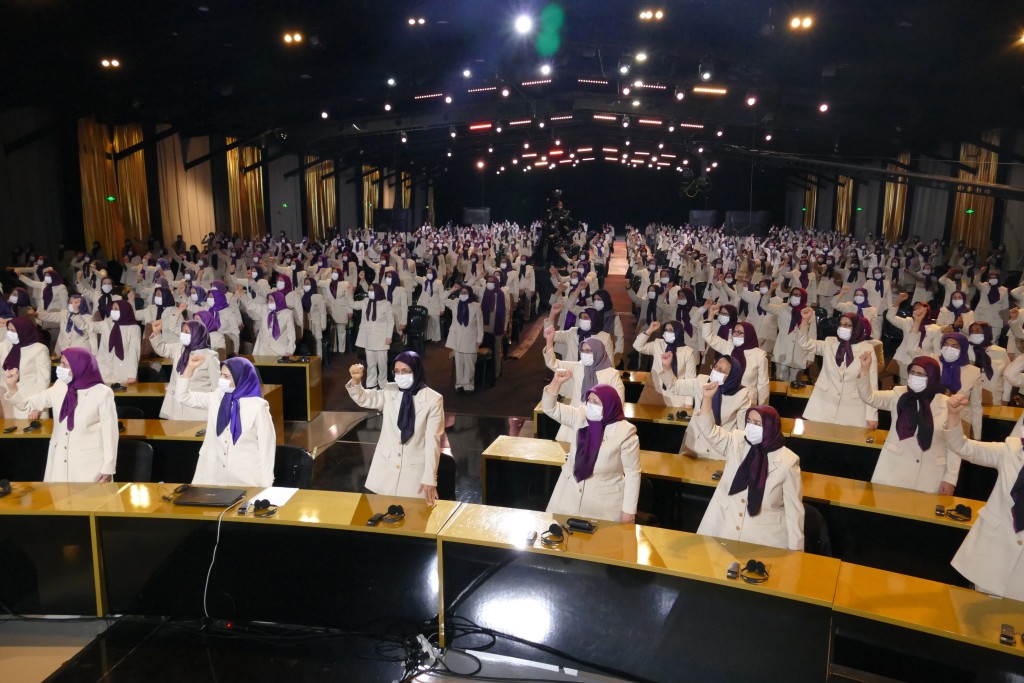
Resistance gives credibility to a nation’s raison d’ȇtre
The men and women of this movement, who are at the forefront of the Iranian people’s struggle against religious tyranny, have revived the value of resistance. They have chosen not to succumb to oppression and keep paying whatever the price for eliminating it. They shattered many superstitions and reactionary prohibitions and paved the way for the resistance to advance.
Even under heavy blows, they maintained their lively spirit. They have always given priority to the movement’s interests over their own to keep alight the flames of the fight for freedom.
They gave up their homes and families, their parents, spouses, and children to join the ranks of the resistance and have happily accepted the pain of such separation.
They did not think about what the outcome would be. Whether they will win or not? Instead, they focused on their responsibility to liberate their people and homeland.
In the face of the enemy and its repressive forces, despite the extremely unequal balance of power, they showed no fear. They have insisted that a determined group, albeit small and limited, could pave the way for victory and turn the circumstances in favor of the people.
They follow a liberating logic according to which a human being is not identified with his/her personal ability or inability but his/her effort and fight to change himself and society.
Society is also not identified with what it is, but for its talent for renewal and its fighting spirit for a revolution.
Yes, this is a rebellion against what is, to achieve what must become.
In this sense, resistance is an urgent human need to become more human. Resistance is the need of every oppressed woman who seeks liberation; it is what society needs to break out of deadlock and decadence.
Massoud Rajavi, who has led this resistance for more than five decades and educated successive generations, says, “The light of resistance cannot be extinguished. Refracting light will only make it brighter.”
Resisting and persisting in this Resistance give credibility to a nation’s raison d’ȇtre. It is the secret to its progress and victory in the most difficult circumstances.
It is the only bridge through which one could reach a world based on fraternity, liberty, and equality.
I thank you all very much.

